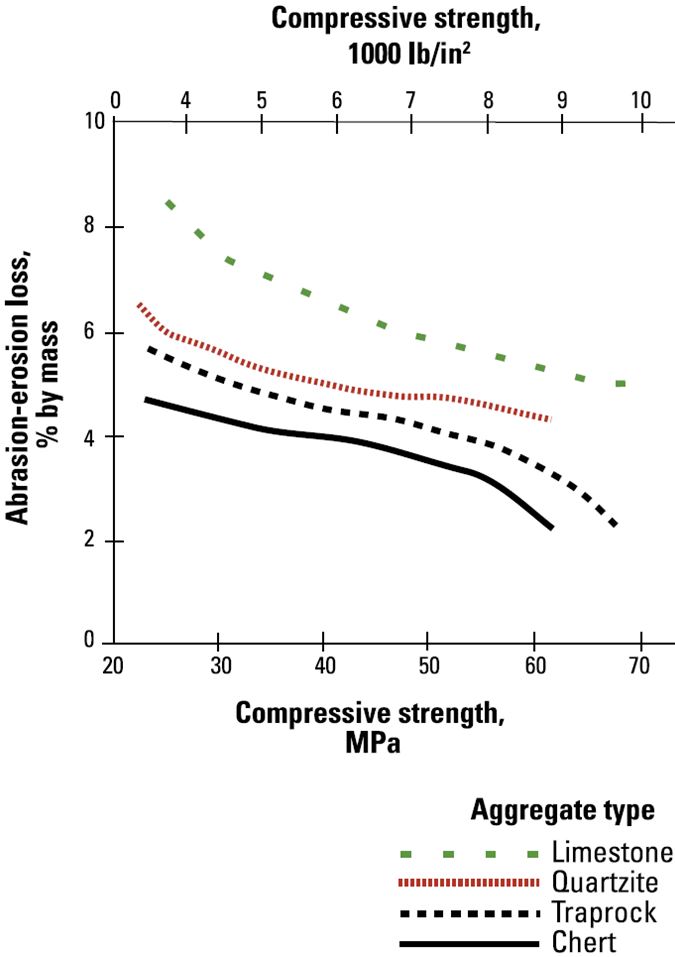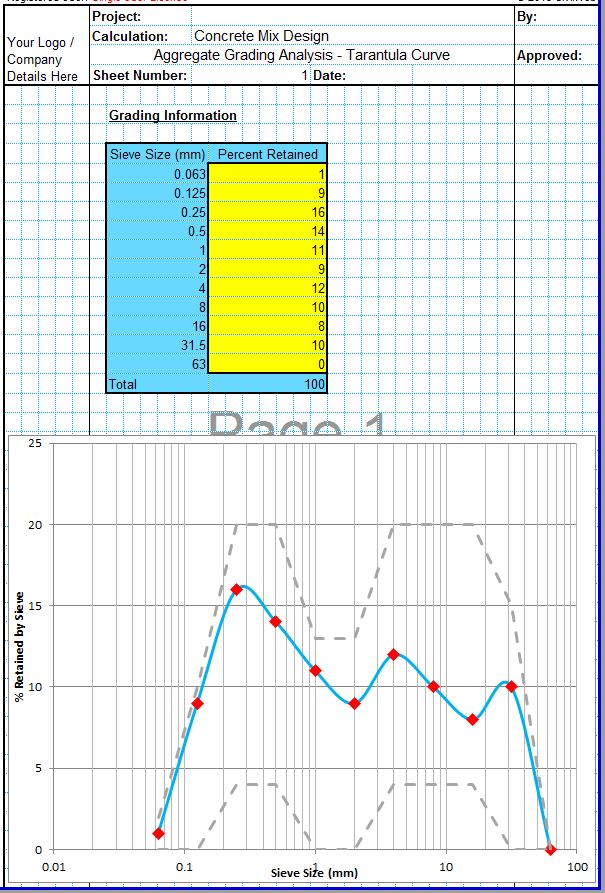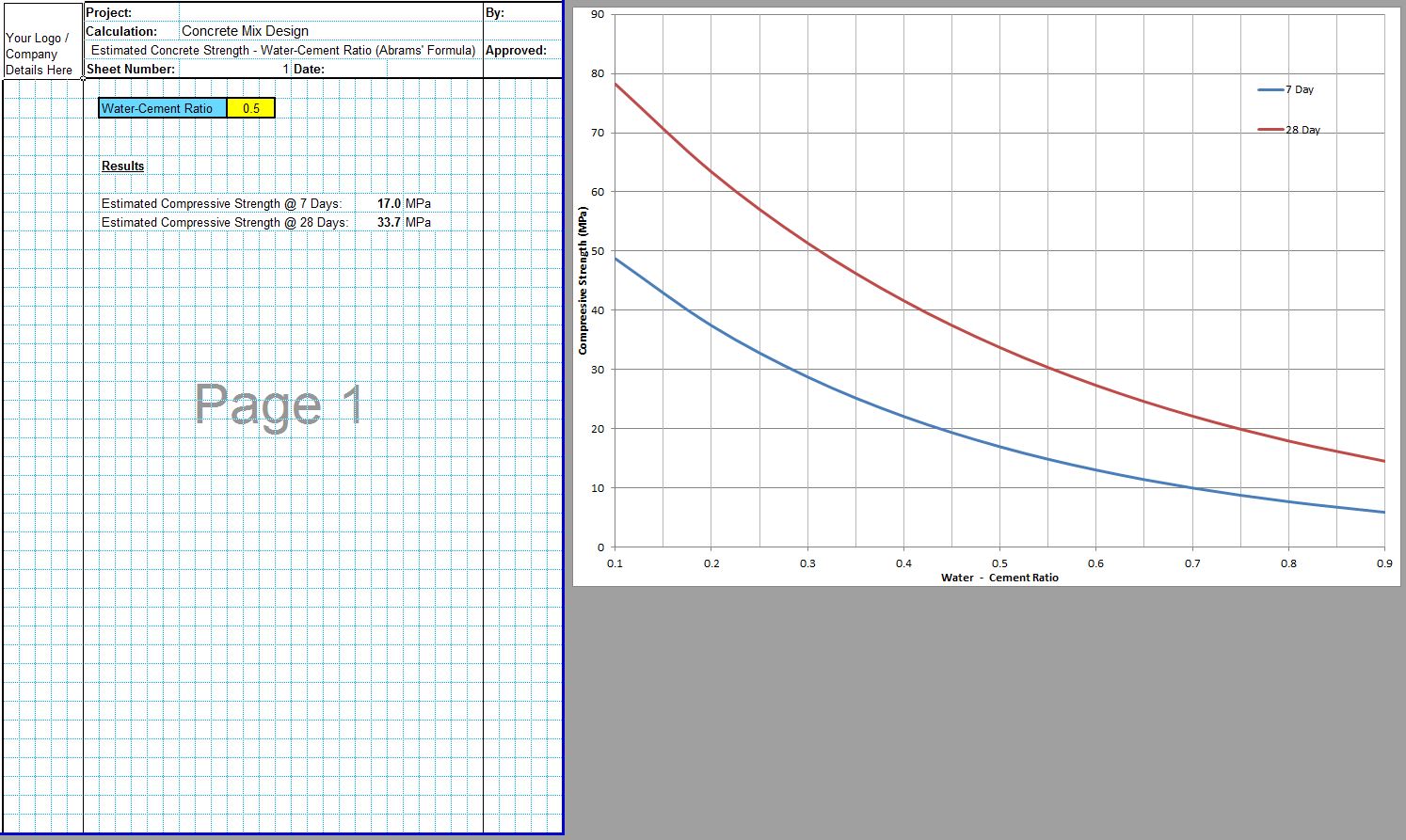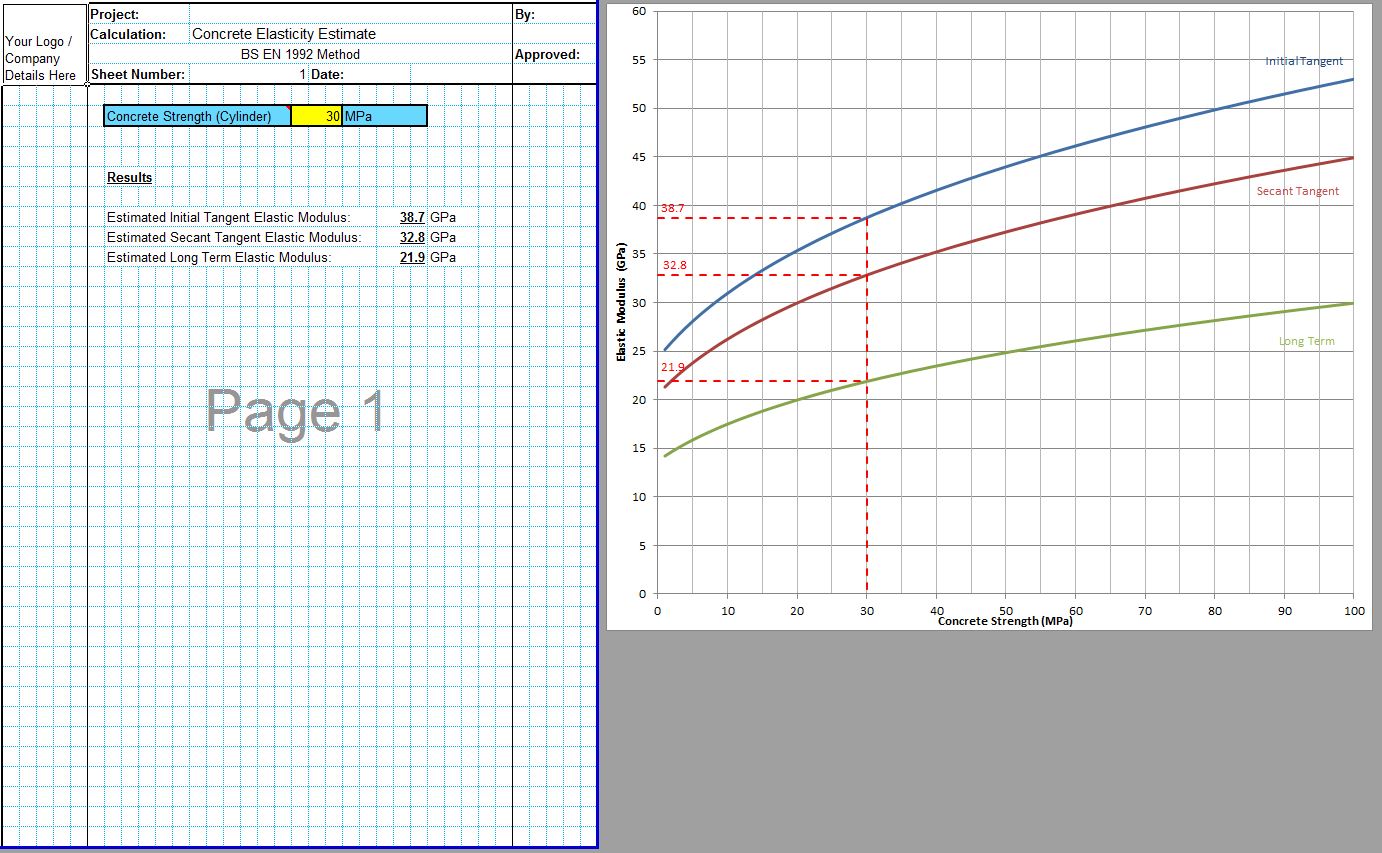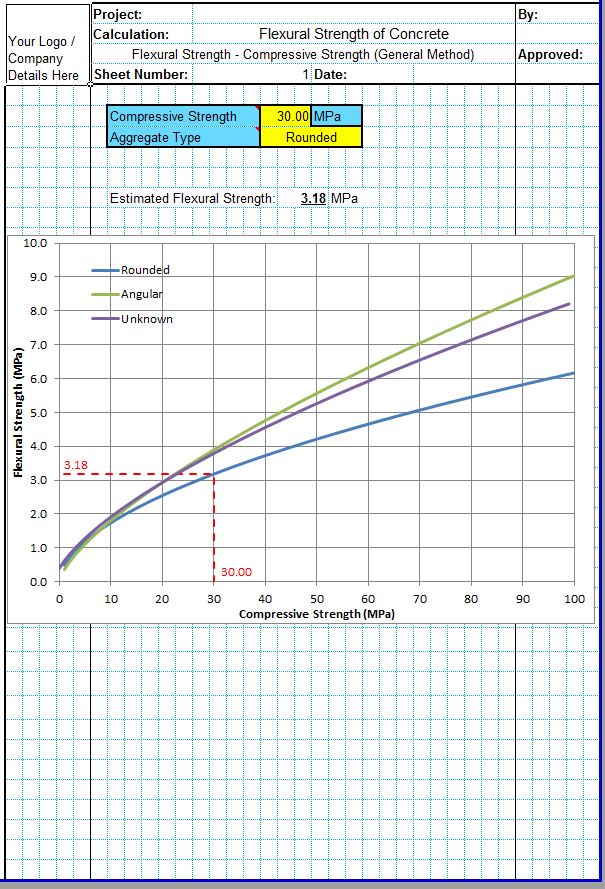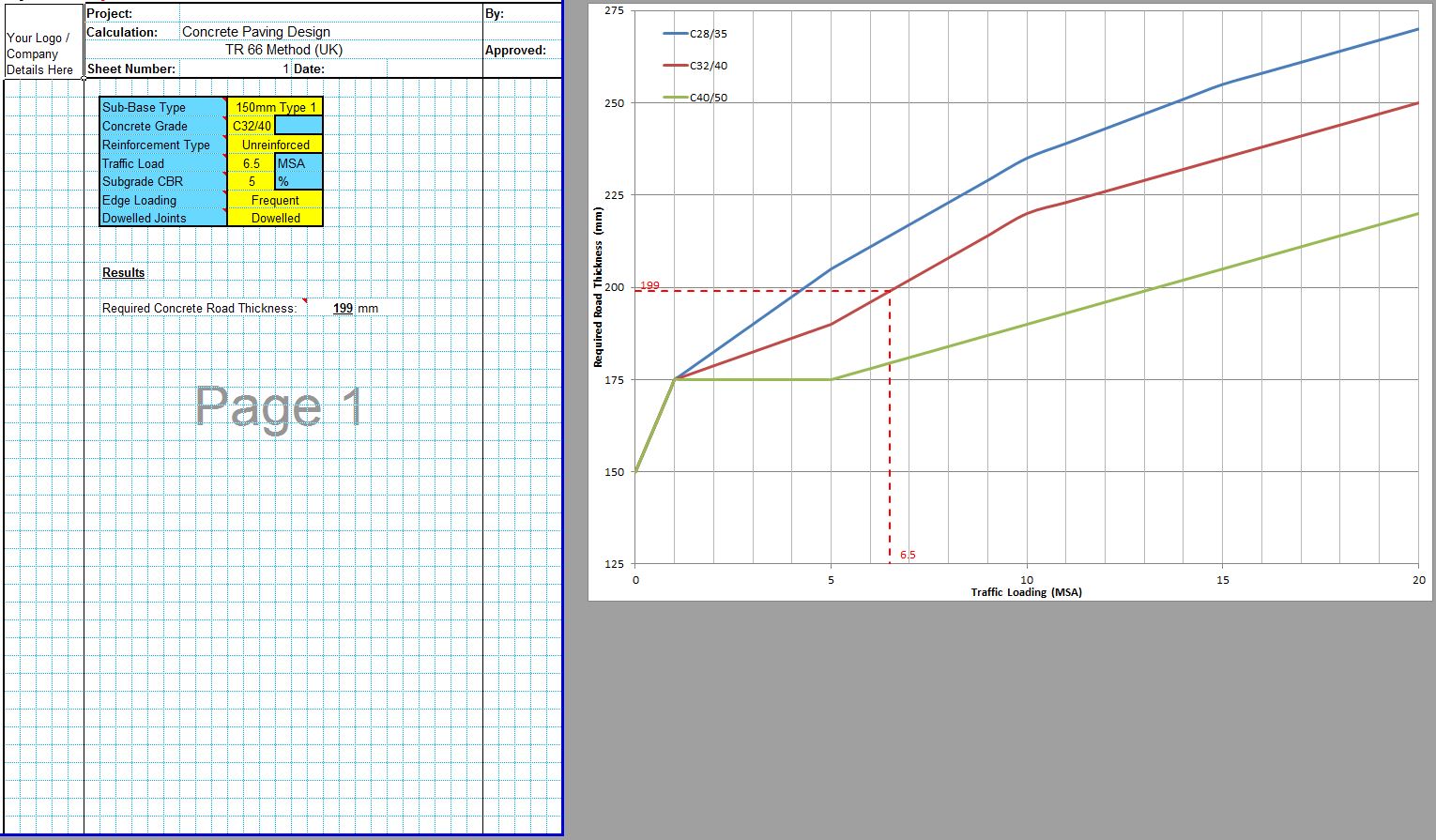The abrasion resistance of concrete can be an important consideration where the concrete will be subjected to significant abrasive actions. This includes concrete pavements subjected to abrasive actions from hard wheeled vehicles or from cargo handling and concrete spillways and watercourses subjected to erosive action from running water containing sediments.
Abrasive Resistance of Concrete Pavements
The abrasion resistance of concrete pavements and roads is important to prevent the surface from becoming polished and losing its finish and skid resistance. In many industrial cases hard wheeled vehicles and abrasive actions from plant and equipment can also be critical design parameters for concrete pavements. The abrasive resistance of a concrete pavement is largely determined by the strength of the concrete and the type of aggregates used, as illustrated in the below graph.
Abrasive Resistance of Concrete Aggregates
The abrasive resistance of aggregates can be measure using the Los Angeles Abrasion Test. This test involves the aggregates being rotated in a steel drum with several large steel balls which will shatter larger brittle aggregate particles and with wear down finer particles. Then the aggregates are sieved to measure the amount of fine particles created by the steel balls impacts with a high value indicating a less resistance aggregate. Typical values of between 30% and 50% are common though hard igneous rocks may achieve values as low as 10%, and soft limestones values up to 60%.
The abrasive resistance of concrete roads is not however generally defined by the coarse aggregates as these are not usually present at the surface of the concrete after finishing. Instead it is the properties of the fine aggregates and the strength of the concrete which determines the abrasive resistance of the pavement. When abrasive resistance is critical it is recommended that natural sands are used for the fine particles as they tend to include significant quantities of very hard quartz particles. The abrasive resistance of the finished pavement is discussed elsewhere in this document.
For this reason the Los Angeles Abrasion requirements for concrete pavements are sometime relaxed compared to the general requirements in BS EN 12620, a value around 40% is usually acceptable. This is as much to ensure that the aggregates do not break down during mixing as the abrasive resistance of the finished concrete pavement.
For heavy industrial concrete pavements are pavements where heavy mechanical actions are expected, the surface of the pavement may be expected to be worn away over time. In these conditions the coarse aggregates must also be resistant to abrasive actions. A Los Angeles Abrasion value of 30%-35% is sometimes specified.
Surface Treatments to Improve the Abrasive Resistance of Concrete
Where very high abrasive resistance is required surface treatments including hard wearing aggregates such as quartz, emery or traprock can be applied. These surface treatments are applied as dry shake treatments and are finished into to surface of the concrete to provide an extra hard wearing surface. Metallic hardeners can be used on floors subjected to heavy steel wheels or point impact loads are expected.
